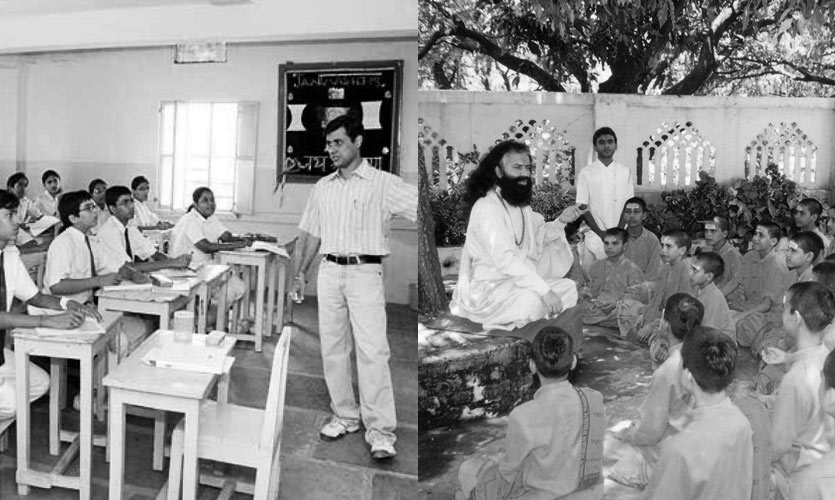India steps into its 75th year as an independent country this year. While we commemorate the day of freedom, let’s look at our long-lost history in the field of education– that perhaps can be crucial for our upcoming future.
Lord Thomas Babington Macaulay, who introduced the western education system to India wrote ‘Minutes of Education’ in 1853 to Lord William Bentinck, Governor-General of British India. Macaulay made his advocacy of English-language education for Indian students enrolled in government-supported colleges and universities, which was accepted by Bentinck. This irked the masses as the approach was to minimalize the Indian traditional language. With too much emphasis on the English language, prominent subjects like Mathematics, Science, Indian languages were conveniently ignored by the curriculum.
Talking about how the Indian education chain looked like before the Britishers came, let’s break down Education in pre-Independent India into four periods: Vedic Period, Buddhist Period, Islamic Period, and British Period.
- Vedic period, dating back to before 600 BC when the ‘Gurukul system’ was created. Education was completely under the control of a guru or a teacher. Students lived in ashrams (traditional schools) with the gurus until their education was completed. Apart from learning subjects, students were also involved in day-to-day chores including household work. Scholars believed that these are essential skills that inculcate self-discipline among children. Education involved lessons from nature and life. Subjects like Astronomy, Sanskrit, Mathematics and Metaphysics were also taught.
- The Buddhist period (600 BC–1200 AD) focused on problems in day-to-day life faced by the common man. This included physical, mental, and moral development that was incorporated through lectures and activity-based learnings.
- Islamic period (1200 AD–1800 AD) was divided into two categories– worldly and religious. Maktab and Madrasha offered Islamic religious education in subjects of Arabic, Urdu, and Persian along with grammar, literature, philosophy, politics, medicine, etc.
- Then came the British period, their modern and mass education and the English-language approach killed the above periods and gave birth to the ‘rat race’ format of education.
While, Britishers’ left the country, with their acclaimed, well-established education system, it was not reflected so. As per records, India had a total of only 17 universities, 636 colleges, 5,297 secondary schools with 8,70,000 pupils, 12,843 middle schools and 7,72,661 primary schools.
Even if the numbers look large in proportion, when compared to the then population of India, they are minute. This led to the percentage of literacy of the country fall to 12-14 per cent. India’s literacy rates for the year 2001, 2011, and 2018 were 61.01%, 69.30%, and 74.37%, respectively.
To deal with this crisis, the Indian government created various commissions to improve the state of education in the country.
- University Education Commission (UEC), the first commission on education after independence, emphasized school and higher education. Instated in November 1948, under the chairmanship of Dr S. Radhakrishnan, it aimed to mend students into citizens who can take up national responsibilities in various fields.
- The year 1952, saw the Secondary Education Commission come to life. It did not create much difference in the education sector. However, the Kothari Commission formed in 1964, set up to develop and create newer policies for the development of education in India, led to visible changes. It had a comprehensive approach to educational reconstruction and attempted to project a blueprint of a national system of education.
Read more: National Education Policy Has Been Extended To Preschools. So, Do They Need A Curriculum?
Today, Indians believe in the modern way of life making it difficult to bring back the traditional setups. The present education system is improving, from urban to rural area settings, from inclusive to inquisitive learning, and from activity-based learning to modern-day digital learning, we now focus on globalization, knowledge of the economy and mental health.
Yet, we cannot deny the pressure that academics put on students which at times is fatal.
The focus has shifted from imparting values about nature, family, social welfare, to cramming certain chapters to score well. Everything is about success, profit, power, and thereby everything eventually boils down to one word– competition. There is still no perfect commission created by the Indian government but we certainly can expect something magical for our upcoming future generations.










